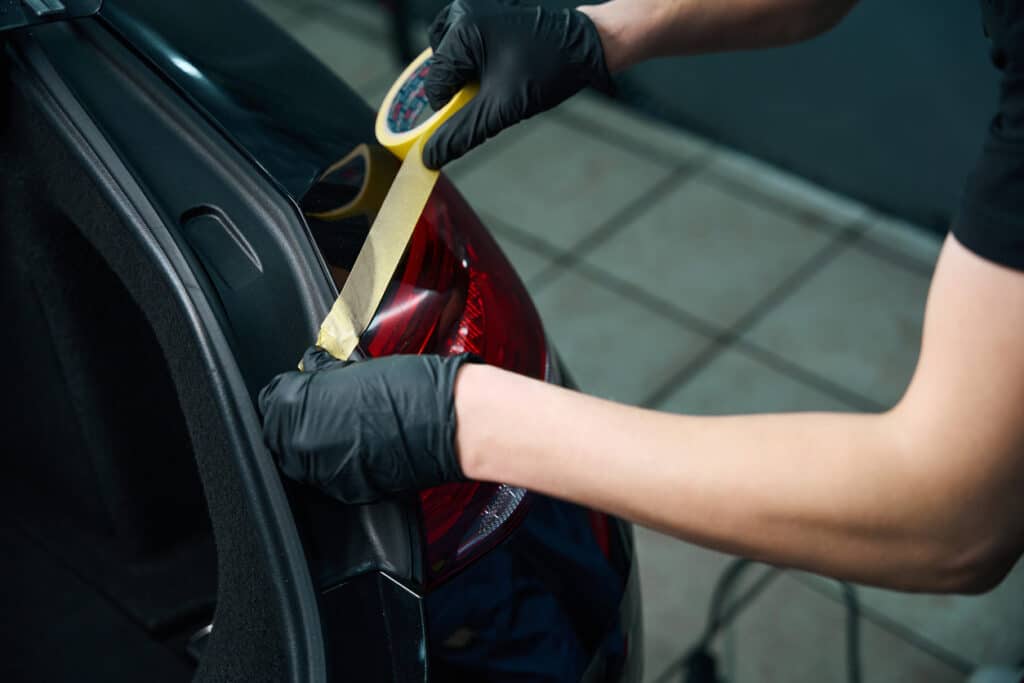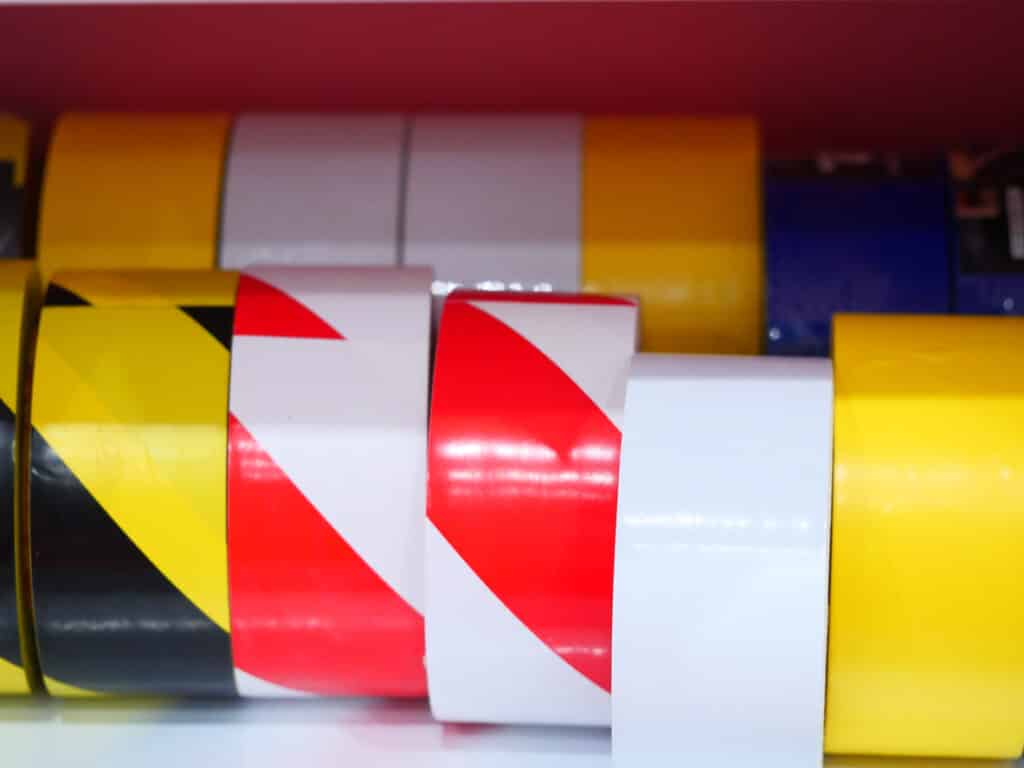How to Store Rolls of Tape
All tools and equipment in body shops require proper storage to keep them in good working order, and there’s no reason why automotive tapes shouldn’t be treated the same. However, the correct methods for storing rolls of tape aren’t always obvious. To help, this guide is filled with our top tips and best practices for storing all types of automotive tape. These can help you make sure each and every roll of tape remains as effective as possible for the duration of its shelf life.
Why is proper tape storage important?
Tape storage might be the last thing on your mind when you’re trying to run a successful body shop. But, in reality, it should be high on your priority list because it can reduce the effectiveness of the adhesive. Ultimately, if your automotive tapes aren’t stored in the correct conditions, they might not be able to fulfil their purpose and could compromise the quality of your work.
Things to consider before storing rolls of tape
Once you’ve chosen your automotive tapes, there are a few things you need to consider before putting them into storage at your body shop. These include the following…
Type and properties of tape
Different tapes have varying properties which affects how they should be stored. For example, rubber-based adhesives and some pressure-sensitive tapes can have their bonds broken by exposure to oxygen, extreme heat or light. This means that if these tapes aren’t kept in air-tight packaging away from light and heat, the adhesive strength can be compromised, and the tape can become less effective. Therefore, you should always check the properties and any guidance from the supplier about tape storage to make sure you understand why it needs to be stored in a certain way.
How often you’ll need to use the tape
Ask yourself how frequently the tape will be used when deciding where it should be stored. If your body shop team are likely to need it on a day-to-day basis, it should be stored somewhere within easy reach. But if the tape will only be used occasionally, it can be kept in surplus storage to keep it dry, safe and away from light. It’s also worth thinking about who might use it most often and keeping this in mind when choosing where it’ll be kept. For instance, if your automotive painting professionals will need the tape the most, then it should be stored close to the rest of their supplies and equipment.

Rotation use method
It’s important to keep track of when the tape was delivered or made so that each box or roll can be rotated depending on which is the oldest. The oldest tape in your stock should always be used first to help make sure it’s used within the recommended shelf life, so we recommend keeping old stock towards the front or top of your storage solution.
General tape storage conditions
What are the ideal conditions for automotive tape storage? Here you can find the general conditions that most tapes should be kept in, although you should always double-check what’s most suitable for specific tape types since this can vary slightly.
Dry/non-humid
Automotive tapes should be kept in dry and non-humid conditions since exposure to moisture and humidity can weaken the adhesive. Whether this is a storage box with a lid or a secure cupboard, you should make every effort to keep any tapes away from moisture such as water or paint.
Cool/not too warm
Exposure to heat can compromise the effectiveness of some automotive tapes, which is why they should be kept at around 15°C/60°F or cooler. However, some tapes are designed to withstand higher temperatures, and these are less likely to be affected by being stored in warmer areas. That being said, it’s still best to keep all tapes somewhere cool if possible.
Away from light
Tapes should always be stored away from any light sources because ultraviolet light can affect the adhesive’s integrity. If they’re stored near UV light, the tape strands might become brittle and can even melt or dry out in some cases.
Clean
Nobody wants to pick up a tape to use it and find that it’s covered in dirt or debris. In the worst-case scenario, you might need to throw away an entire roll because of this and lose the money paid for it. But even if only some of the roll is covered in dirt, some of the tape will likely need to be cut off and wasted. To avoid wasting money and products, tape rolls and boxes must be kept in a clean environment where they won’t be exposed to dirt or debris.

General tape storage top tips
Remember, all tapes will have slightly different best practices for storage, so always check with the product specification. Below is a general summary of our top tape storage tips.
- Store tape in its original packaging where possible: By keeping tapes in their original packaging, you can maintain an airtight seal around them which keeps oxygen from affecting the adhesive. This can also protect it from dirt and dust that could affect the bonding capabilities.
- Store tape away from light: Tapes should be stored away from any light sources. It’s especially important that your automotive tapes are kept a good distance away from ultraviolet lights since these can affect the adhesive and make it less effective.
- Store tape in a way that’s neat, tidy & accessible: To avoid tapes becoming squashed, dirty or lost, they should be kept neat and organised from the moment they arrive at your body shop. We recommend spending time organising them once they arrive and taking the time to regularly check that your tape storage area stays tidy.
- Keep tapes in a cool, dry place: Moisture or heat can also affect the adhesive, which is why you should always store your tapes in a cool, dry place.
- Follow any specific product recommendations from the tape supplier: Reading and following the storage recommendations from tape suppliers is a must. Whether you check the website for any direction or read over the packaging, if the supplier has included this information, it should be acknowledged.
- Store in a way that you can rotate from using old to new: Since tapes often have a recommended shelf life, you should always try to use the oldest stock first. You can use the ‘first in, first out’ method for this or label each tape with the delivery date.
JTAPE Tape Storage
If you’ve purchased from our automotive tape range but are unsure of the best way to store your products, don’t hesitate to reach out to our team at info@jtape.com. We can help recommend the best storage solutions and protect the effectiveness of the adhesive.
At JTAPE, we’re proud to offer an excellent range of automotive tapes and films. For our full range, take a look at our product page.


